Fate, circumstances and serendipity all played their part in the birth of the Dublin Marathon in 1980. It was an idea whose time had come, though nobody involved in the inaugural Radio 2 Dublin City Marathon could have envisaged that 40 years later the event would sell out in 40 days.
A 26.2m, or 42.2km, run through the streets of Dublin wasn't the only innovation to come on stream in 1980. Ireland's first ATM opened; CIÉ's first bus lane came into operation, on Parliament Street in Dublin city centre, and the Sunday Tribune newspaper was launched. Melia Carroll was the first woman appointed as a High Court judge, the future Pope Francis studied English in Dublin for three months and Johnny Logan's victory in the Eurovision Song Contest was celebrated in style. In sport, Kerry won their third All-Ireland title in a row while Galway won their first All-Ireland hurling title since 1923.
I remembered what I saw in the New York Marathon and I thought that maybe something similar could be organised in Dublin. But I hadn't a clue about athletics
The running boom had yet to hit Ireland. Nevertheless, it was a heady time at the elite end of the sport. The athletic community was basking in John Treacy’s memorable victory in the World Cross Country Championships on a never-to-be-forgotten afternoon at Green Park Racecourse, in Limerick, in March 1979.
Paradoxically, the idea for staging a city marathon in Dublin came from somebody who had no involvement in athletics. Louis Hogan, a senior producer with RTÉ Radio, was on holiday in New York, in October 1978, when he saw the city's annual marathon. "I just saw the race by accident. I was walking down the street, and there were a fair few people out watching it. The next day I read in the papers about an attempt being made to turn the event into a mass-participation marathon aimed at the common man who had never run 26m in his life."
Little did Hogan realise that this chance encounter would change not just his life but also the lives of thousands of Irish people over the next four decades.
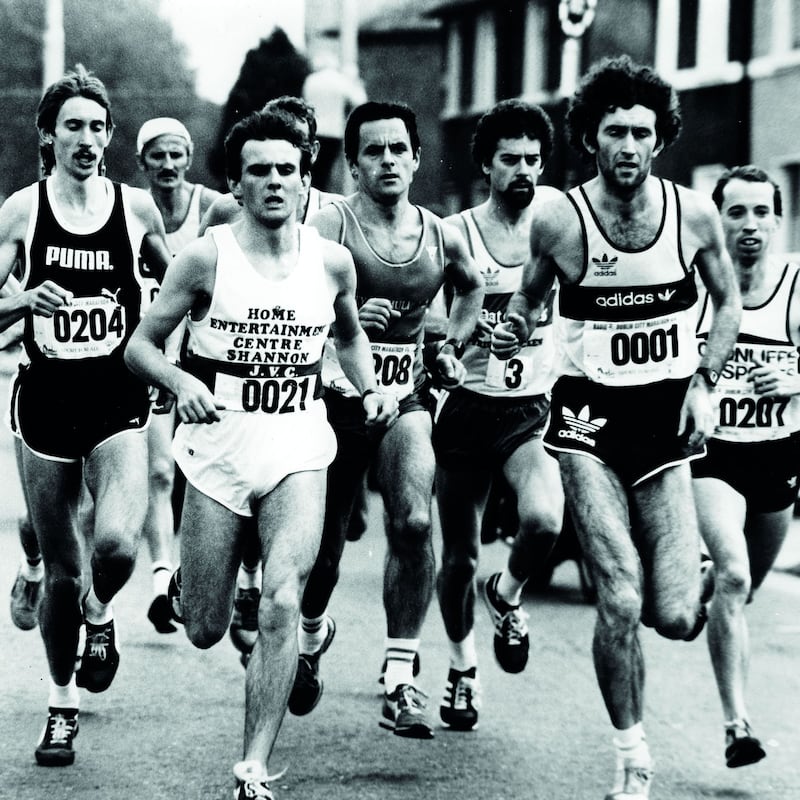
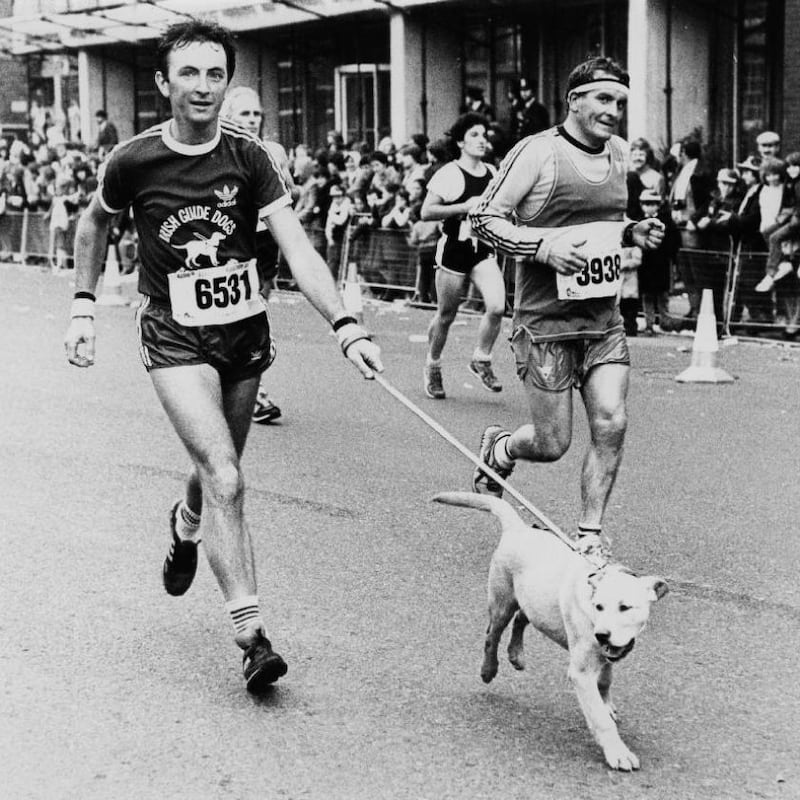
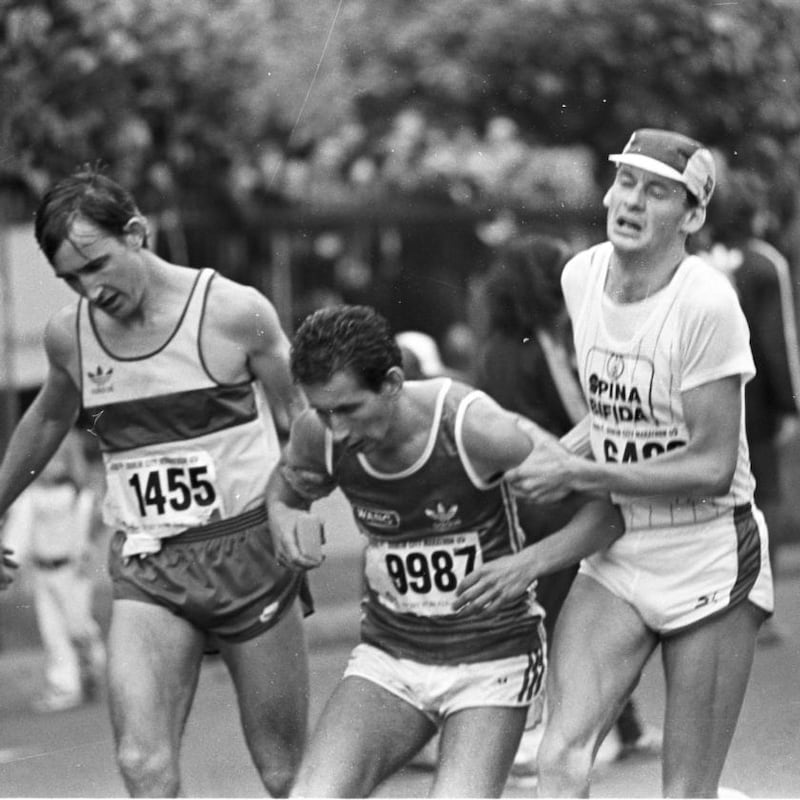
Back in the late 1970s the somewhat austere and ordered world of Irish broadcasting was undergoing a revolution. Dozens of pirate radio stations had sprung up, particularly in Dublin. Even though they were illegal, they were challenging Radio 1’s dominance of the market and its listenership.
RTÉ’s response was to establish a new pop music station, Radio 2, which was launched on May 31st, 1979. Hogan, together with a number of other senior producers, was seconded from Radio 1 to get the new station – featuring its catchy slogan “Radio 2, comin’ atcha!” – established. Part of his remit was to formulate a strategy to promote the new station in Dublin, where the pirate stations had grabbed a big audience share.
Once I got the go-ahead to run to and from work I had to have the guts to actually go out and do it. I had rocks and sticks thrown at me
"I remembered what I saw in the New York Marathon and I thought that maybe something similar could be organised in Dublin. But I hadn't a clue about athletics." But he knew somebody who did. His name was Noel Carroll, and his athletic career began when he was a cadet in the Irish Army, in the early 1960s.
“Noel was a friend of mine,” Hogan says. “He was in and out of RTÉ all the time in his role as public-relations officer for Dublin Corporation. So I decided to bounce the idea of a Dublin marathon off him.”
Carroll had in fact been trying for some time to sell the idea of holding a marathon on the streets of Dublin. So he and Hogan set their plan in motion by asking their bosses, Michael Carroll at RTÉ and Frank Feely, the Dublin city manager, to exchange correspondences about the proposed race. Ultimately, they both played a pivotal role in its development, although it was far from being a done deal at this time.
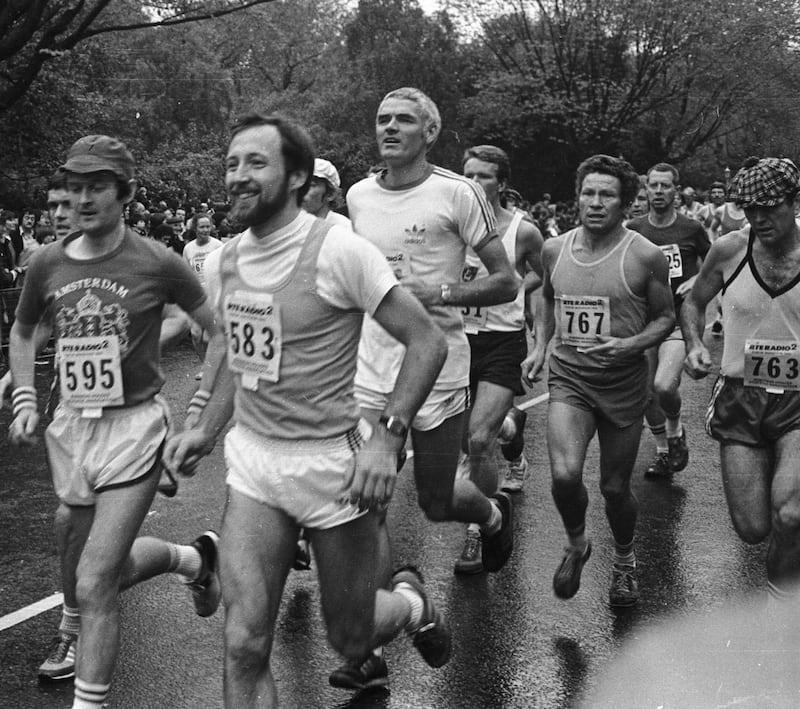
Marathon running was unashamedly elitist until the mid-1970s, not just in Ireland but throughout the world. The idea that an ordinary woman or man would attempt to run a marathon, never mind complete one, was regarded as heresy in the admittedly closeted world of organised athletics.
Ireland in the 1970s was a rather inhospitable place even for the country's established athletes. The Olympian Pat Hooper had to seek permission from his boss at the PMPA insurance company to run in and out of work every day, a round trip of 13m.
“I decided after the 1972 Olympics that if I wanted to go up another notch in my career I would have to start running to and from work. The personnel manager knew about running, as his secretary was Eamon Coghlan’s sister, Ann. Still, he was concerned about whether I’d be too tired to do my job.
“Once I got the go-ahead I then had to have the guts to actually go out and do it. I always wore tracksuit bottoms. I wouldn’t dare show a bare leg. I had rocks and sticks thrown at me.”
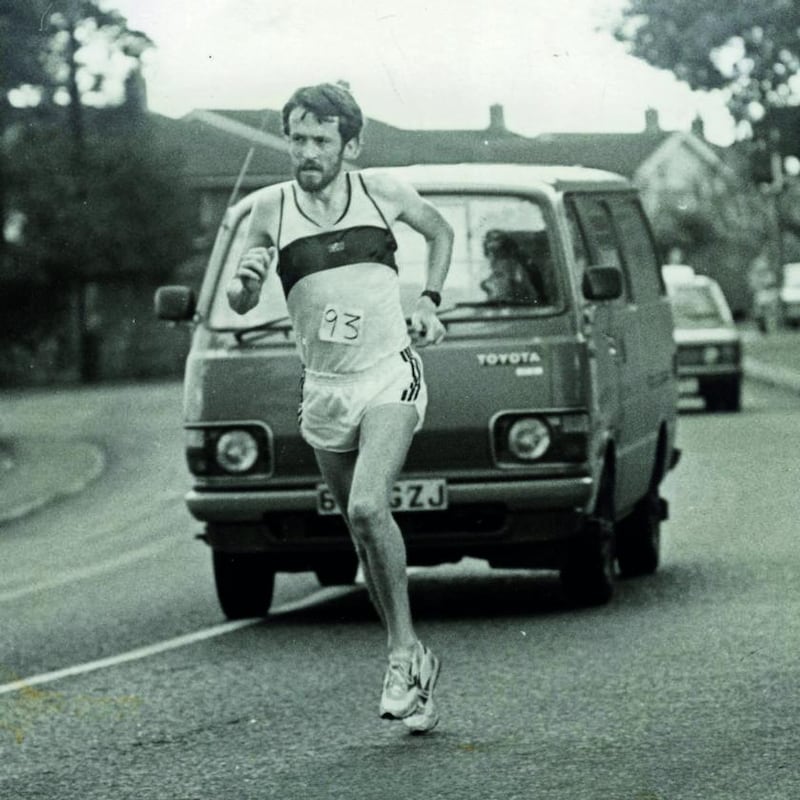
Before the launch of Dublin City Marathon only a handful of marathons were staged annually in Ireland. The two rival athletic bodies, Bord Luthchleas na hÉireann and the National Athletic and Cultural Association of Ireland, hosted a marathon championship race. For decades the Dublin County Athletic Board organised a marathon between Finglas and Ashbourne, and in August 1979 there was an Ulster championship marathon in Letterkenny, Co Donegal.
There was genuine concern about the welfare of marathon runners. In the 1960s, marathoners had to have a medical before the race.
At this time nobody under 25 ran a marathon. Hooper broke the mould when, in 1975, at the age of 23, he won the Dublin County Board marathon on his debut, in a record time of 2hr 25min. There were 12 runners in the race.
Slow marathoners were treated like pariahs. Alex Sweeney, who played a pivotal role in the establishment of the Business Houses Athletic Association, made his marathon debut in the 1976 Dublin County Board event. "Just before the start an official announced that he couldn't guarantee there would be any officials around for those who didn't finish in under three hours. And that's exactly what happened."
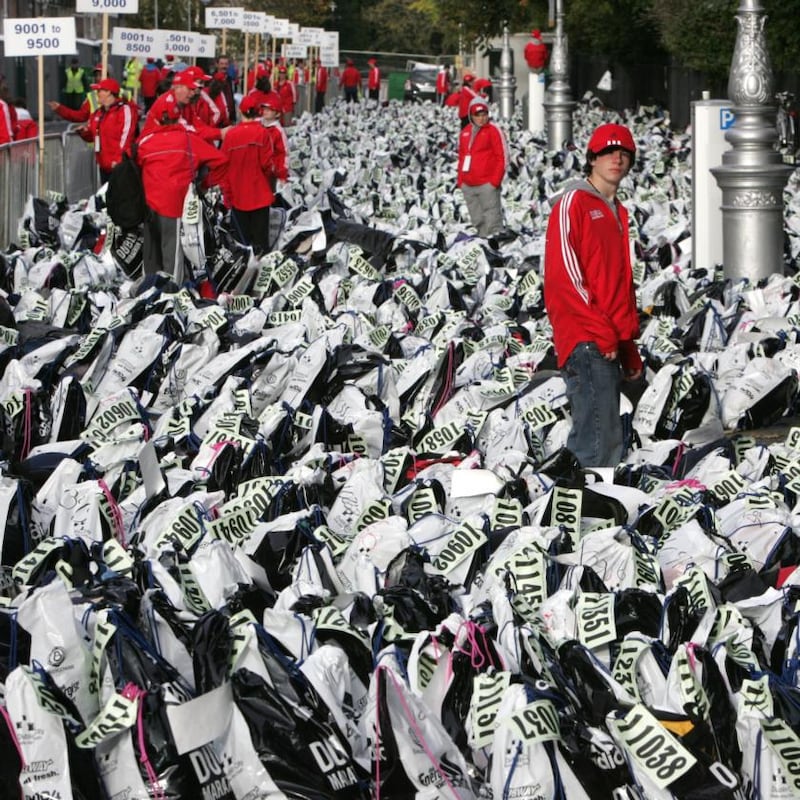
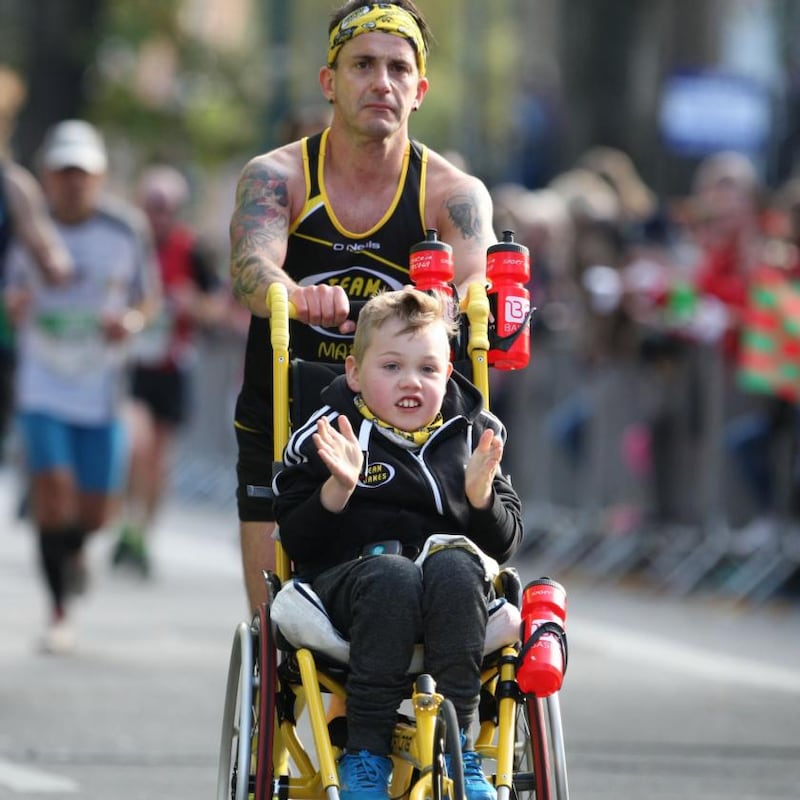
In 1978 Donnybrook AC organised a 10m road race from Bray, in Co Wicklow, to Donnybrook bus garage; it turned out to be hugely significant in the evolution of women’s distance running in Ireland. At the 1980 Olympics in Moscow the longest track race for women was 1500m.
In the Donnybrook event Mary Butler exploded the myth that women would be unable to run longer distances. She began her running career while a student at University College Dublin. "Women's distance running was still in its infancy. The cross-country races were 1½ miles long, and the longest track event was 1500 [metres]. Then the 3,000m was brought in on an experimental basis when I was in third year."
After leaving college she worked as a copytaker in the RTÉ newsroom. A number of her male colleagues were participating in the 10m race organised by Donnybrook AC. She was invited to join them and agreed despite the fact that the most she had ever run was 7m.
Permission was needed from the race director, Frank Slevin, to allow her to participate. "The gospel truth is that we had no expectation that women would take part."
“The race was handicapped,” Butler says. “Frank, being the gentleman he was, said I could start five minutes ahead of the slowest man. I crossed the finishing line first.”
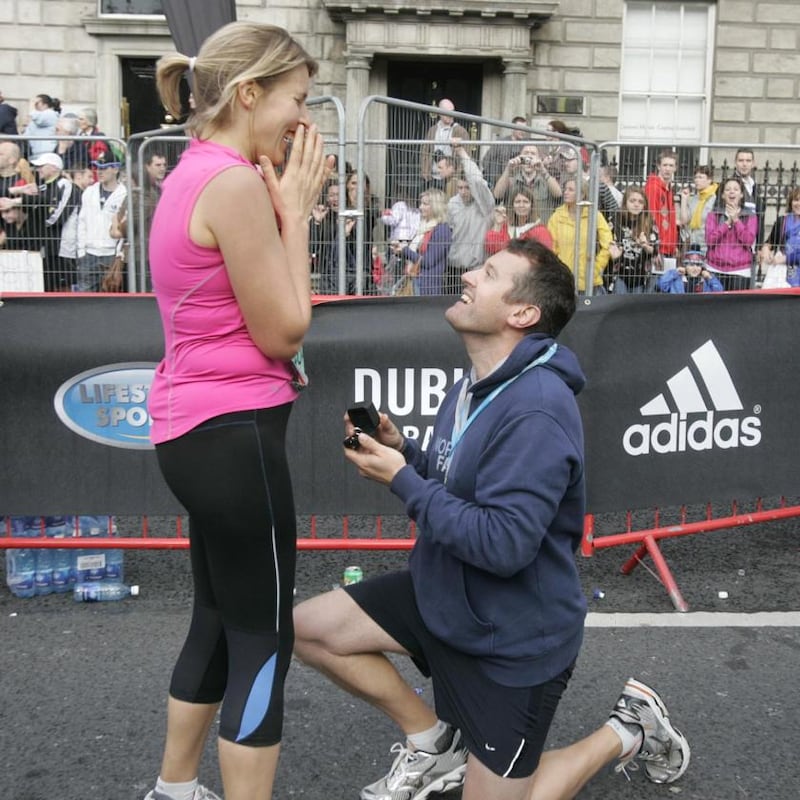
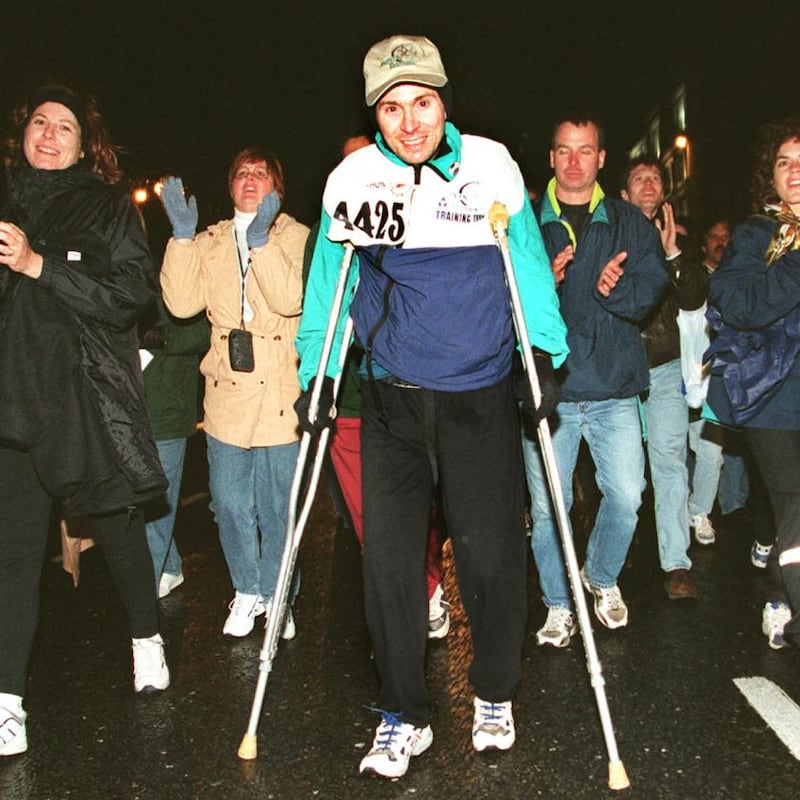
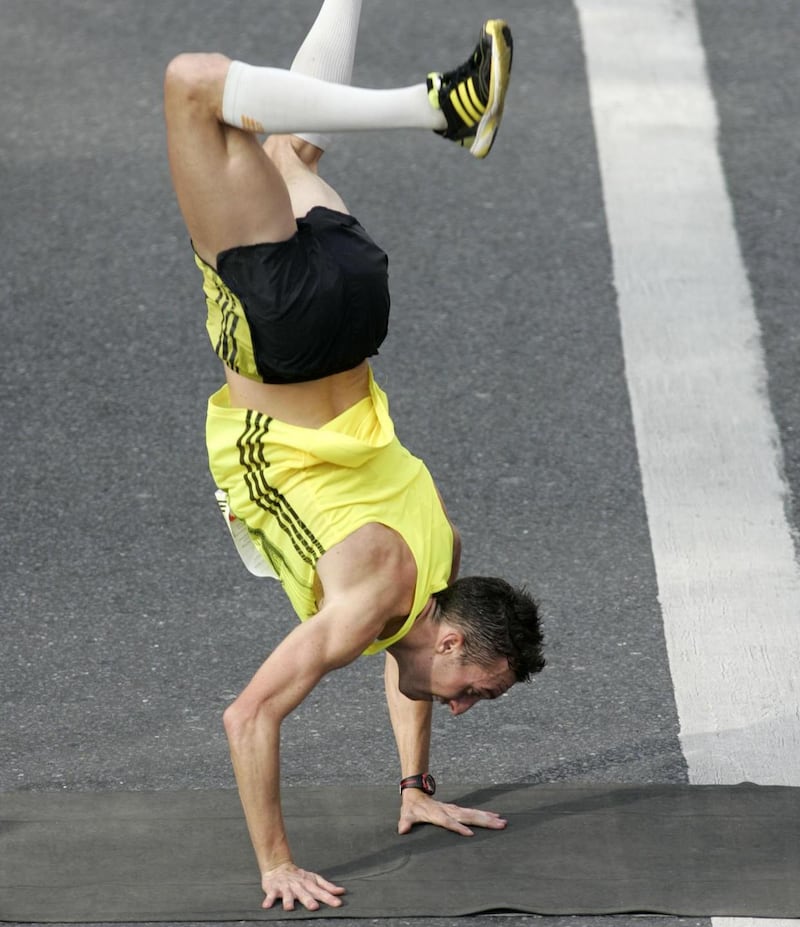
Frank Greally, founder of Irish Runner magazine, witnessed the birth of the running boom in the United States while on an athletic scholarship at East Tennessee State University in the 1970s. He credits two men, Jim Fixx and Dr George Sheehan, for persuading millions of Americans to take up running. A star athlete at college, Sheehan served as a doctor with the US navy before becoming a cardiologist. He returned to running at the age of 45, initially in his backyard, then running along a river road during his lunch break, wearing long johns and a ski mask.
But even in the US runners were still reluctant to commit to running a marathon. Everything changed in 1976 when it was decided that the New York Marathon would be run through the city’s five boroughs to mark the bicentennial of US independence. Little did anybody involved realise how this one decision would change the lives of millions of people.
Had the New York Marathon not been moved out of Central Park, the 290,300 runners who have completed the last 39 Dublin Marathons would almost certainly never have got the opportunity to run through the streets of Dublin.
This is an edited extract from The Dublin Marathon: Celebrating 40 Years, by Sean McGoldrick, published by O'Brien Press















